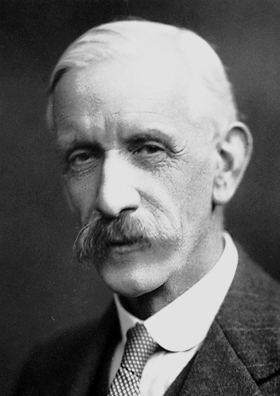
MCSs stick the landing
Membrane contact sites, or MCSs, represent the ultimate intracellular duct tape — binding organelles together within eukaryotic cells to promote growth. Enabled by tethering proteins, MCSs are a coordinating nexus that fosters intermembrane exchange and signaling.
As conduits for lipid and small metabolite transfer between organelle membranes, MCSs are key regulators of metabolism. As structural elements linking intracellular membranes, MCSs control membrane organization and protect against membrane stresses. As platforms for important signaling receptors, MCSs initiate cellular responses to regulatory or environmental cues.
The recognition of MCSs as key regulators of cell growth is underscored by new discoveries of MCS function in cellular disease and infection.
Keywords: Membrane contact sites, membrane stress, mitochondrial regulation, nonvesicular transport, lipid transport, membrane structure, lipid metabolism, lipid regulation.
Who should attend: Molecular cell biologists and membrane biochemists who marvel at how membrane dynamics regulates metabolic function and organelle organization.
Theme song: Dave Fenley cover of “Stuck on You” by Lionel Richie
This session is powered by the unsung heroes of membrane and lipid research.
Submit an abstract
Abstract submission begins Sept. 14. If you submit by Oct. 12, you'll get a decision by Nov. 1. The regular submission deadline is Nov. 30. See the categories.
Membrane contact sites
Hongyuan Yang, University of Texas Health Science Center at Houston

Jen Liou (chair), University of Texas Southwestern Medical Center
Alexandre Toulmay, University of Texas Southwestern Medical Center
Arash Bashirullah, University of Wisconsin–Madison
Membrane signaling at membrane contact sites
Thomas Simmen (chair), University of Alberta
Jay Tan, University of Pittsburgh
Alissa Weaver, Vanderbilt University
Chi-Lun Chang, St. Jude Children's Research Hospital
Specialized membrane contact site functions
Isabelle Derré, University of Virginia
Aaron Neiman, Stony Brook University
Christopher T. Beh (chair), Simon Fraser University
Enjoy reading ASBMB Today?
Become a member to receive the print edition four times a year and the digital edition monthly.
Learn moreGet the latest from ASBMB Today
Enter your email address, and we’ll send you a weekly email with recent articles, interviews and more.
Latest in Science
Science highlights or most popular articles

Bacteriophage protein could make queso fresco safer
Researchers characterized the structure and function of PlyP100, a bacteriophage protein that shows promise as a food-safe antimicrobial for preventing Listeria monocytogenes growth in fresh cheeses.

Building the blueprint to block HIV
Wesley Sundquist will present his work on the HIV capsid and revolutionary drug, Lenacapavir, at the ASBMB Annual Meeting, March 7–10, in Maryland.

Gut microbes hijack cancer pathway in high-fat diets
Researchers at the Feinstein Institutes for Medical Research found that a high-fat diet increases ammonia-producing bacteria in the gut microbiome of mice, which in turn disrupts TGF-β signaling and promotes colorectal cancer.

Mapping fentanyl’s cellular footprint
Using a new imaging method, researchers at State University of New York at Buffalo traced fentanyl’s effects inside brain immune cells, revealing how the drug alters lipid droplets, pointing to new paths for addiction diagnostics.

Designing life’s building blocks with AI
Tanja Kortemme, a professor at the University of California, San Francisco, will discuss her research using computational biology to engineer proteins at the 2026 ASBMB Annual Meeting.

Cholesterol as a novel biomarker for Fragile X syndrome
Researchers in Quebec identified lower levels of a brain cholesterol metabolite, 24-hydroxycholesterol, in patients with fragile X syndrome, a finding that could provide a simple blood-based biomarker for understanding and managing the condition.



